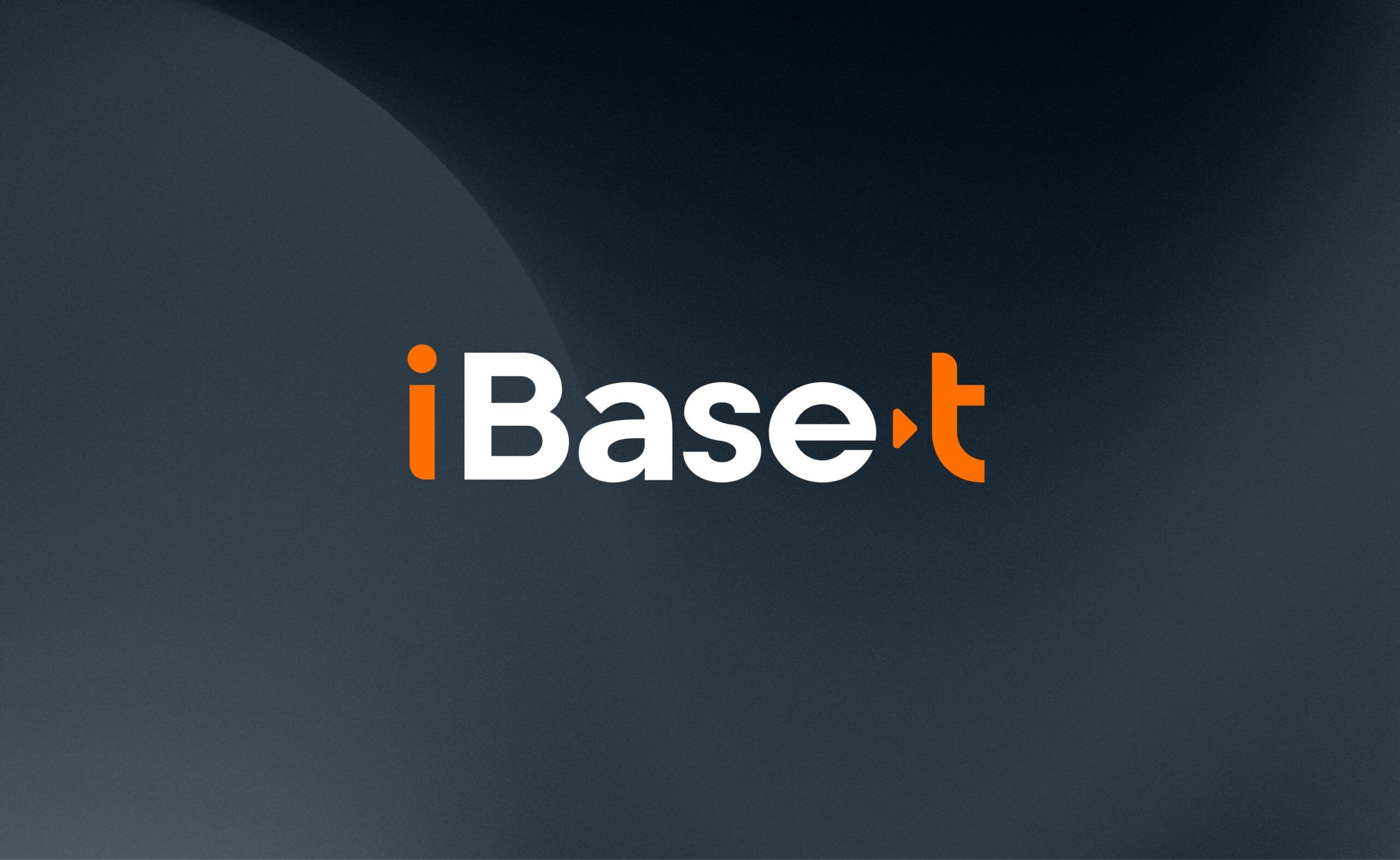In my last blog, I introduced the topic of artificial intelligence (AI) in the complex discrete manufacturing space, noting that companies need to take certain steps to prepare for AI adoption. Many companies have already tested and proven AI’s capabilities, from accelerating the concept and design phase to streamlining manufacturing automation. We have already seen its profound ability to solve workflow and efficiency challenges in mere minutes when that same solution might otherwise take months or even years to investigate by a human.
Our customers at iBase-t have shared that they are eager to learn more about advancements in AI and how the technology will help boost their businesses. As a technology platform provider specializing in manufacturing, we must intimately understand our customers’ challenges to continue providing solutions that simplify and optimize aerospace and defense (A&D) manufacturing.
When speaking with our customers, two main themes emerged as common pain points across the industry: productivity and quality. Let’s dive deeper into these two areas to learn where the challenges lie and how AI can help.
Solving Aerospace & Defense Manufacturing Challenges with AI
The production process takes too long.
The production process in the aerospace and defense industry is notoriously time-consuming, and the complexity of A&D technologies often leads to extended timelines. This can cause delays in production, increased costs, and strained customer relationships. While some of the reasons for these delays are just the nature of the business, technology can help improve or even eliminate some of the causes.
Inefficient workflow processes are to blame for many manufacturing delays. By leveraging various points of real-time operational data in the manufacturing execution system (MES), AI can speed production planning and delivery. For example, AI-driven production scheduling and resource allocation can optimize workflow streams to minimize production inefficiencies and downtime and shorten production schedules.
Equipment failure is another culprit of production delays. Predictive analytics in the maintenance, repair, and overhaul system can monitor equipment health and notify workers when preventative maintenance is needed to avoid unexpected equipment failures.
Human delays are yet another common cause for long production processes. Automation and AI can manage repetitive tasks such as generating work instructions and process documentation. This enables employees to focus their attention elsewhere. By empowering workers with AI-driven tools and insights, A&D manufacturing companies can realize significant productivity gains, reduce the burden of repetitive tasks, and reclaim time for other revenue-generating tasks.
Finally, supply chain issues that began with the pandemic continue to slow production and delivery timelines. The U.S. A&D market relies on raw materials and minerals from other countries, where geopolitical events and trade barriers can impact timely production and exportation. Managing inventory levels is critical, with delivery times for production materials averaging around 87 days in August of 2023. AI provides a solution using predictive analytics for demand forecasting. By analyzing current inventory levels and upcoming project material needs, companies can stay ahead of shortages and deliver projects on time.
As you can see, only the fully integrated MESs can leverage AI’s full potential. A MES that can merge the data and context between engineering and operations can enable AI engines to increase productivity tremendously.
There is zero tolerance for errors.
Humans are human, and mistakes will happen. It is not a matter of “if” but “when” and how costly that mistake will be. In the A&D industry, lives are on the line, and manufacturing requires absolute precision with no room for error. Even a highly trained human eye can only see so much. Computers do not blink, look away, or get distracted.
Using AI computer vision embedded into your enterprise quality management system, A&D companies can detect defects in manufactured components, often catching errors the human eye would miss. Numerous companies are already using AI technology in this way and seeing significant improvements in production quality. Meanwhile, real-time monitoring and predictive analytics can utilize production data to foresee potential issues and provide alerts to quality deviations.
The need for quality management extends to the A&D supply chain. AI advancements in supplier quality management technology will enable real-time supply chain monitoring, anomaly detection, and automated supplier performance analytics. These tools can help companies better assess which suppliers are consistently causing problems and which are enabling success.
With advanced quality management technology, manufacturers can ensure consistent adherence to quality standards and product excellence.
Leveraging AI to Transform Your Operations
At iBase-t, we are committed to understanding and addressing our customers’ challenges with continued advancements in our Solumina manufacturing operations platform. AI offers fresh solutions for aerospace and defense manufacturing companies grappling with productivity and quality challenges. By leveraging AI for production optimization and quality management, manufacturers can reduce delays, minimize downtime, avoid costly errors, and protect strategic relationships with supply chain providers and customers. With measurable business benefits that improve the bottom line, AI will be a strategic investment for A&D manufacturers who want to be leaders in the market.
Learn more about iBase-t’s Solumina solution and how it can help you solve your greatest manufacturing challenges.





